As the effects of climate change become increasingly evident, many parts of the world are experiencing more frequent and severe droughts. These extended periods of dryness can have devastating consequences for our environment and communities.
One way we can combat the impacts of drought is by incorporating drought-tolerant plants into our landscapes. Here we will cover everything you need to know about drought-tolerant plants. We’ll start by discussing what they are and the importance of incorporating them into your garden during dry summers.
However, we’ll give you tips for getting started with these plants and choosing the right ones for your garden. We’ll also provide eight easy tips for cultivating and caring for these plants to help them thrive in dry summers. We will also discuss drought tolerant plants for dry summers.
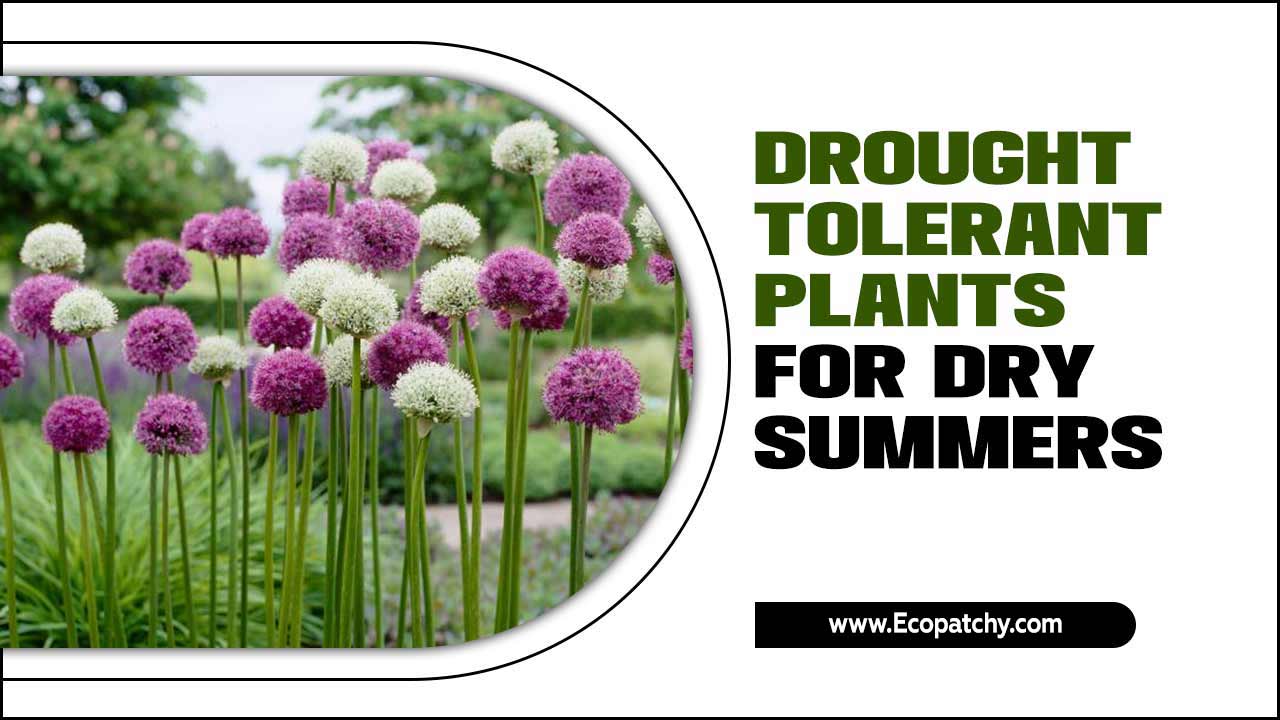
About Drought-Tolerant Plants

Drought-tolerant plants, also known as xerophytes, have the remarkable ability to survive with minimal watering. These plants have adapted to withstand dry conditions by developing mechanisms such as deep root systems and waxy or hairy leaves to conserve water.
By choosing drought-tolerant plants for your garden, you can create a beautiful landscape and conserve water resources. These plants come in various shapes, sizes, and colors, offering options for every gardener. With their low maintenance requirements, drought-tolerant plants are an excellent choice for water-conscious individuals.
What Are Drought Tolerant Plants?
Drought-tolerant plants are specially adapted to survive with minimal watering. They have evolved mechanisms like deep root systems and succulent leaves to store water and withstand dry spells. Examples include cacti, succulents, and certain grasses, making them ideal for regions with limited water availability.
The Importance Of Drought Tolerant Plants In Dry Summers
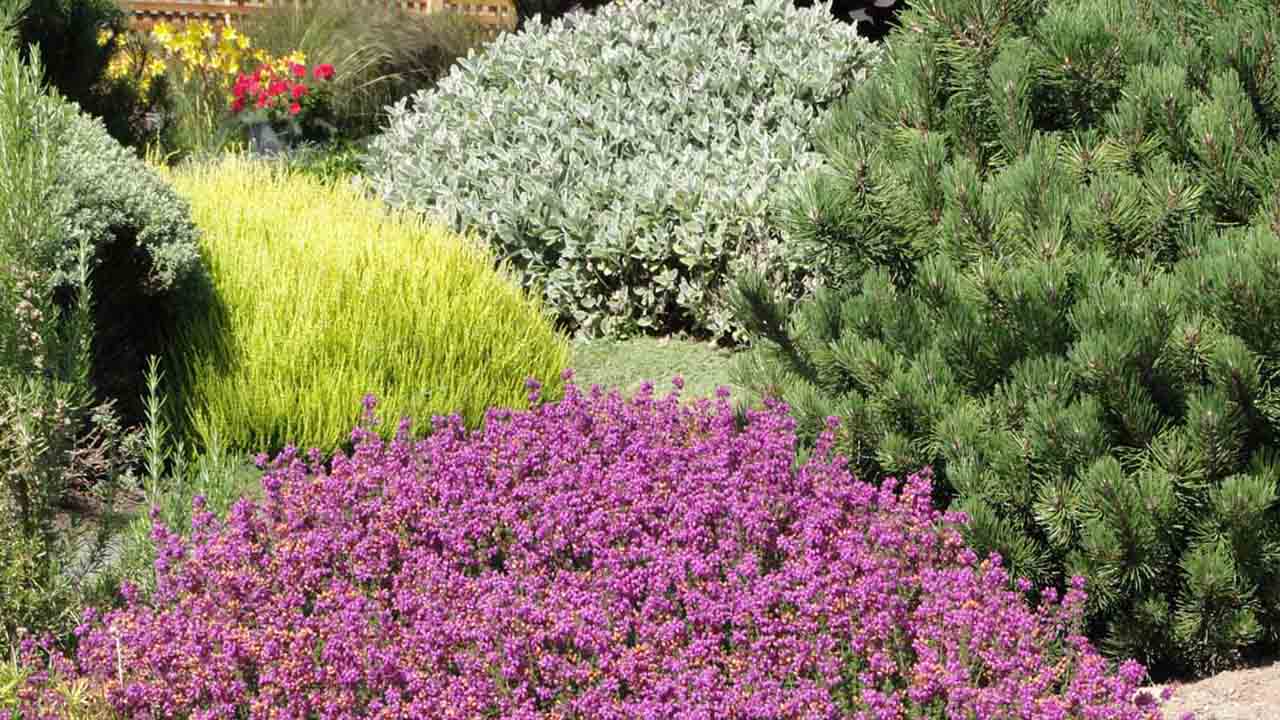
Drought-tolerant plants play a crucial role in dry summers. These plants are well-adapted to arid conditions and can survive without wilting or dying during long dry spells. By conserving water and reducing the need for irrigation, drought tolerant plants contribute to water conservation efforts.
They also help maintain a green landscape even when water is scarce. In addition, these plants are environmentally friendly and provide a visually appealing touch with their vibrant blossoms and lush green leaves. Ultimately, incorporating drought tolerant plants into your garden is a great choice for sustainability and aesthetics.
Getting Started With Drought Tolerant Plants
Choose drought tolerant plants native to your region for better adaptation to local climate conditions. When selecting these plants, consider factors such as sunlight, soil type, and wind exposure. Enhance water retention in the soil by adding organic matter.
It’s important to regularly water newly planted drought tolerant plants until they establish deep root systems. To conserve moisture and suppress weed growth, mulch around the plants.
How To Choose The Right Drought Tolerant Plants For Your Garden

When selecting plants for your garden that can withstand drought, consider those with a high tolerance for dry conditions, like sedums, yuccas, and lavender. Look for plants with silver or gray foliage, as they often have adaptations to retain moisture.
Choose perennials that bloom in late spring or early summer to add vibrant colors to your garden during the summer. Additionally, consider attracting pollinators by planting yarrow and coneflowers. Opt for plants with strong root systems, such as salvia and rosemary that can handle dry conditions.
8 Easy Tips For Drought Tolerant Plants For Dry Summers

Drought-tolerant plants are a great choice for those living in areas with dry summers or for anyone looking to conserve water. These plants have adapted to thrive in arid conditions and require less water than other varieties.
Some popular drought-tolerant plants include succulents, such as cacti and agave, which store water in their leaves and stems, and lavender, which has aromatic foliage and beautiful purple flowers. Here are 8 easy tips for drought tolerant plants for dry summers.
1. Choose Plants That Require Less Water
When selecting plants for your garden, choosing ones that require less water is important. Opting for drought-tolerant varieties helps conserve water and ensures your plants’ survival during dry summers. Look for species with low water requirements and can thrive in arid climates.
Consider plants that can withstand long periods without water, such as shrubs with evergreen foliage or perennials with purple or white flowers. You can create a beautiful and sustainable garden that needs less watering by choosing plants adapted to dry conditions.
2. Plant In Containers Or Raised Beds
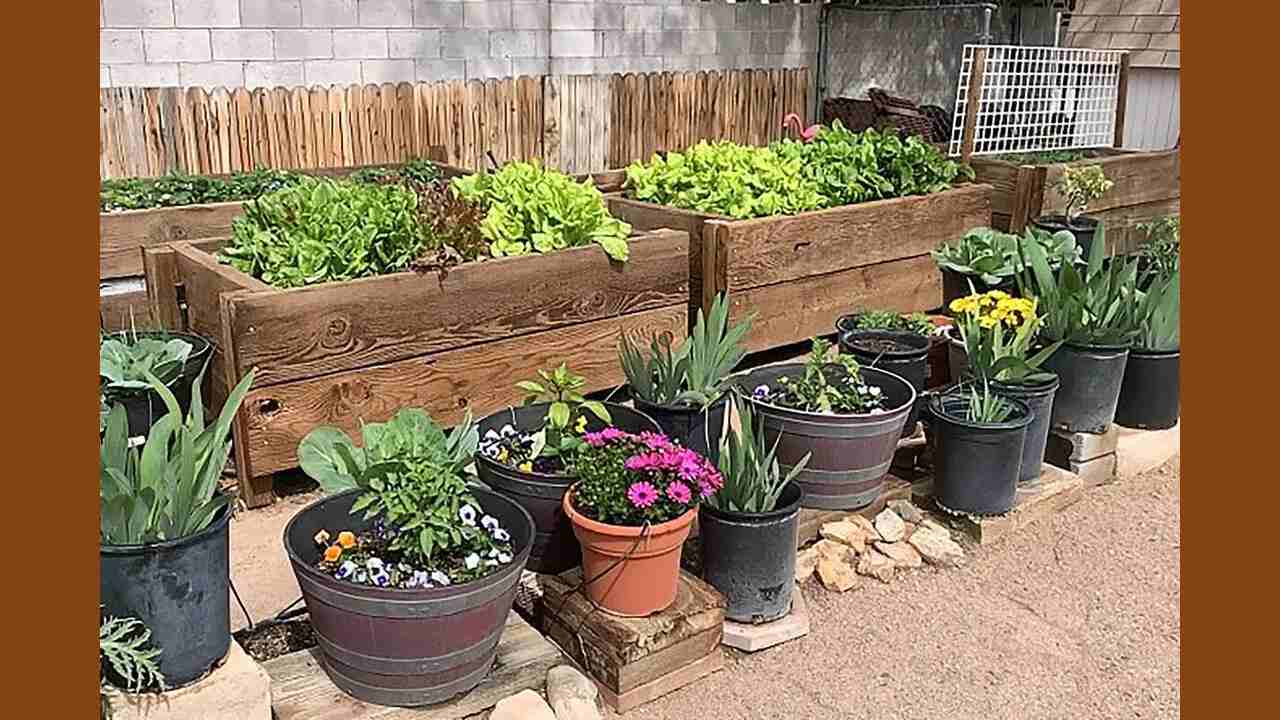
Consider using containers or raised beds for better control of water usage and improved drainage. Container gardening allows easy movement and placement, while raised beds prevent waterlogging during heavy rain. These options also provide space-saving opportunities and allow for creative arrangements. Planting in containers or raised beds ensures that your drought-tolerant plants thrive even in dry summers.
3. Mulch To Retain Moisture
Applying mulch is an effective way to retain moisture in the soil during dry summers. By creating a protective layer, mulching helps prevent evaporation and keeps the soil cool, reducing water loss. Organic mulch, such as compost or wood chips, improves soil structure and retains water more effectively.
Additionally, mulch acts as a natural barrier against weed growth, minimizing the need for frequent watering. By maintaining a more stable soil temperature, mulching promotes the growth and survival of drought-tolerant plants.
4. Group Plants With Similar Water Needs
Grouping plants with similar water needs is a great way to reduce water wastage and ensure efficient irrigation. Planting together species that require the same amount of water simplifies maintenance tasks and prevents over or under-watering.
Moreover, clustering plants with similar water requirements creates a visually appealing landscape. This approach not only conserves water but also promotes the health and vitality of your garden.
5. Water Early In The Morning
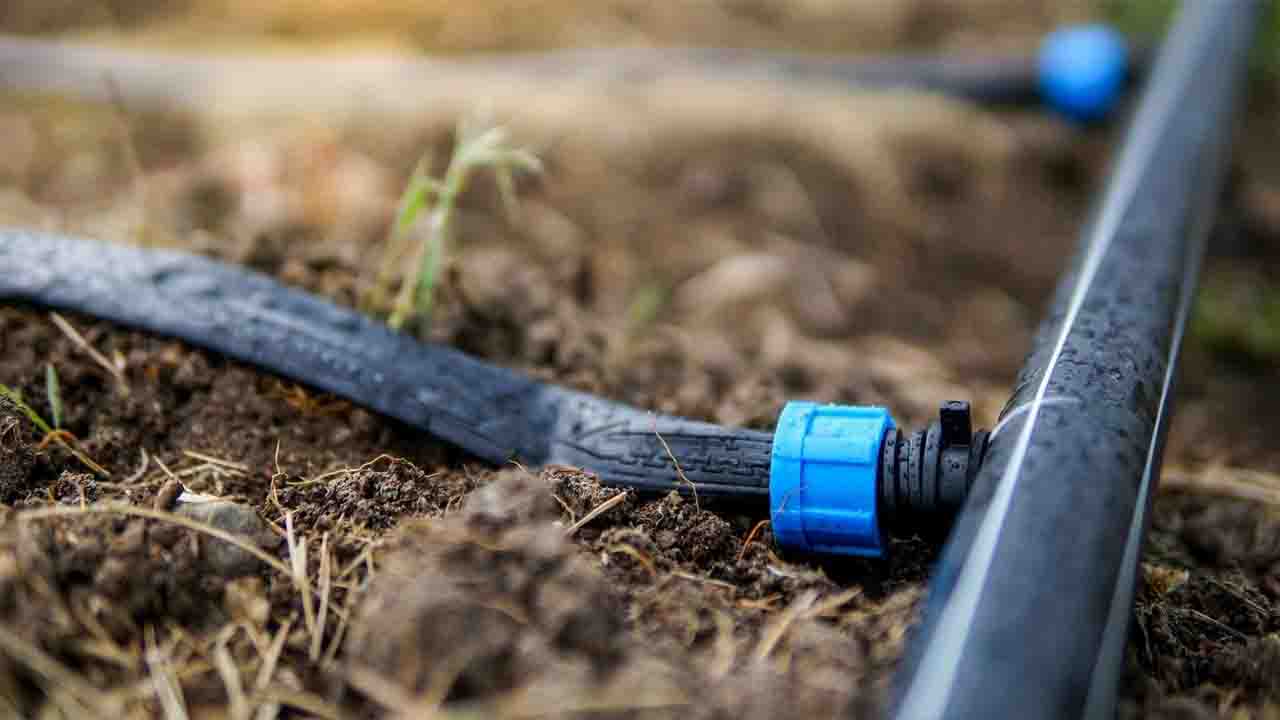
Watering in the morning offers several benefits for your drought-tolerant plants. Watering early can minimize water loss due to evaporation, allowing your plants to absorb moisture before the day’s heat. This timing also helps prevent the risk of fungal diseases caused by wet foliage overnight.
Additionally, morning watering provides a fresh start for your plants to face the day’s heat, ensuring they have enough time to dry before nightfall. Make it a habit to water early in the morning for healthier and more resilient plants.
6. Add Compost To Improve Soil
Incorporating compost into the soil enhances its water-holding capacity, allowing for better root growth and absorption. This simple amendment improves soil structure and increases its ability to retain nutrients and moisture.
Additionally, compost creates a favorable environment for beneficial microbes, promoting overall soil health. Adding compost can create healthy, well-drained soil that provides the perfect foundation for drought-tolerant plants.
7. Use Drip Irrigation For Watering

Drip irrigation is an excellent choice for watering drought-tolerant plants. This method delivers water directly to the plant’s root zone, minimizing evaporation and reducing water waste. With drip irrigation, you can ensure consistent and targeted watering, saving time and effort compared to traditional watering methods. Drip irrigation promotes deep root growth and overall plant health and helps conserve water, making it an eco-friendly option for your garden.
8. Consider Planting Native Species
Native plants are a great choice for gardens in dry summers. These plants are well-adapted to local climate conditions, requiring less water. By choosing native species, you support local ecosystems and attract native wildlife like hummingbirds and butterflies.
Native plants usually have deeper root systems, allowing them to access water more efficiently. Additionally, they are naturally suited to local soil types and weather patterns. Planting native species reduces the need for additional irrigation and fertilizer, making them a sustainable and low-maintenance option for your garden.
How To Cultivate And Care For Drought Tolerant Plants Easy Step
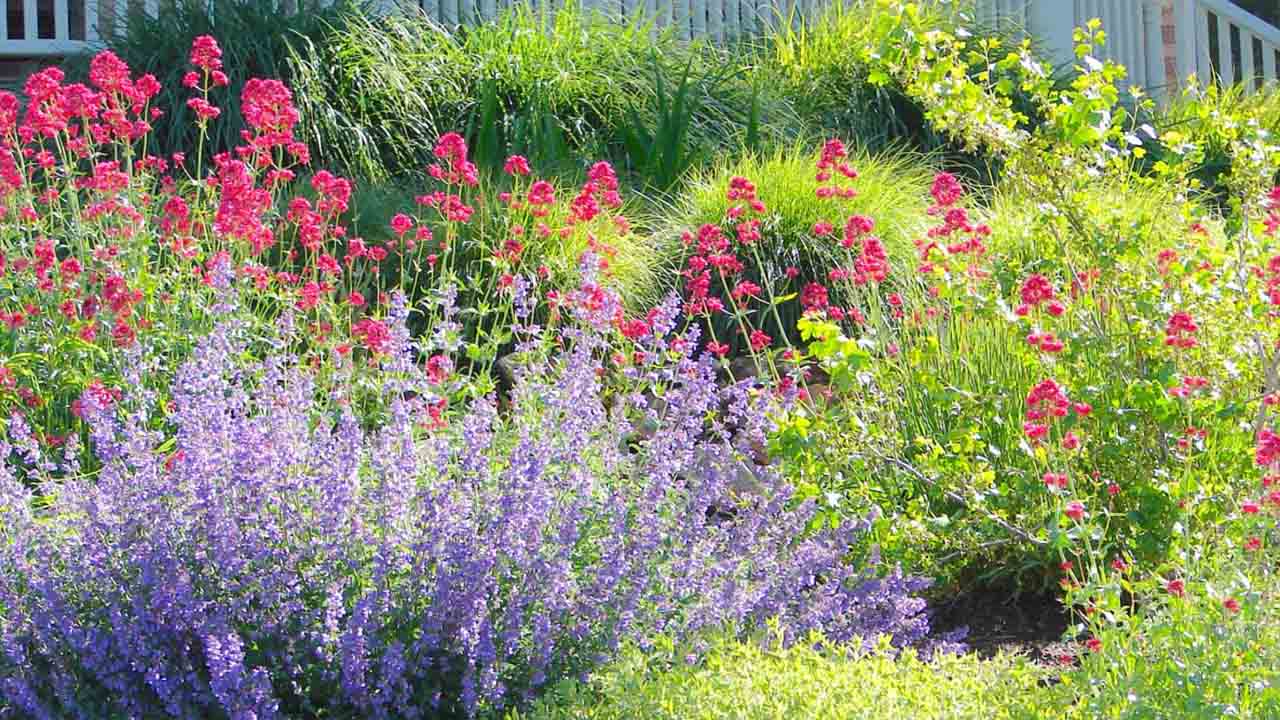
Cultivating and caring for drought-tolerant plants is a great way to maintain a beautiful garden during dry summers. Following these simple steps, you can create a beautiful and thriving garden even during the hottest summer months. Happy gardening! Here are some easy steps to help you successfully grow and care for these resilient plants:
- Choose The Right Plants: Select plants known for their ability to withstand drought conditions. Some popular options include succulents, lavender, yarrow, and ornamental grasses.
- Prepare The Soil: Before planting, ensure your soil is well-drained and has good water retention capabilities. Adding organic matter, such as compost, can help improve soil quality and moisture retention.
- Water Deeply And Infrequently: Drought-tolerant plants are designed to survive with minimal water. Instead of frequent shallow watering, give them a deep soak once or twice weekly to encourage deep root growth.
- Mulch: Apply a layer of mulch around your plants to help conserve moisture in the soil and suppress weed growth. Organic mulches like wood chips or straw work well for this purpose.
- Monitor Closely: Monitor your plants during hot and dry spells. If you notice signs of stress, such as wilting or yellowing leaves, adjust your watering schedule accordingly.
Do Drought Tolerant Plants Need Fertilizers?
Drought-tolerant plants are known for surviving in dry conditions with minimal water requirements. While these plants have adapted to thrive in arid climates, they still need nutrients to stay healthy and grow. However, it is important to note that drought tolerant plants generally require less fertilizer than other plants.
Excessive fertilization can increase water needs and make the plant more susceptible to drought stress. Using a slow-release or organic fertilizer sparingly is recommended, focusing on providing the necessary nutrients without overstimulating growth. Additionally, incorporating organic matter into the soil can help improve its fertility and water-holding capacity, benefiting drought tolerant plants in the long run.
Fertilizing Regime For Drought Tolerant Plants

Following a fertilizing regime for your drought-tolerant plants to ensure optimal growth and health. Apply a balanced, slow-release fertilizer in the spring to provide essential nutrients. Improve soil fertility naturally by using organic fertilizers like compost or manure.
Avoid over-fertilizing, as it can lead to excessive growth and reduced drought tolerance. Regularly monitor nutrient levels in the soil and adjust fertilization as needed. Additionally, mulch around plants to suppress weeds and conserve moisture, reducing the need for fertilizers.
Troubleshooting Common Problems In Drought Tolerant Plants
Drought-tolerant plants are a great choice for dry summers, as they can withstand periods of limited water availability. However, even these hardy plants can sometimes encounter problems. Here are some common issues you may come across when growing drought tolerant plants and how to troubleshoot them:
- Overwatering: While it may seem counterintuitive, overwatering can be detrimental to drought tolerant plants. Make sure to water them sparingly and only when the soil is dry to the touch.
- Poor Drainage: Drought-tolerant plants prefer well-draining soil. If your plants are sitting in waterlogged soil, consider amending the soil with organic matter or moving it to a better-draining location.
- Nutrient Deficiencies: Drought-tolerant plants often have specific nutrient requirements. Monitor your plants for symptoms of nutrient deficiencies, such as yellowing leaves or stunted growth, and amend the soil accordingly with a balanced fertilizer.
- Pests And Diseases: Even though drought tolerant plants are generally more resistant to pests and diseases, they can still be susceptible. Look for common garden pests like aphids or spider mites, and treat them accordingly with organic pest control methods.
By being aware of these common problems and taking proactive measures to address them, you can ensure that your drought tolerant plants thrive even during dry summers.
How To Deal With Pests And Diseases In Drought Tolerant Plants
To deal with pests and diseases in drought-tolerant plants, it is advisable to use natural pest control methods like neem oil or insecticidal soap. Additionally, practicing good garden hygiene by promptly removing any diseased plant material can help prevent the spread of diseases.
It’s also important to avoid overhead watering, which can create a favorable environment for fungal diseases. Planting companion plants that repel pests or attract beneficial insects can provide natural pest control. Regularly inspecting plants for early signs of infestation and taking appropriate action is essential for maintaining the health of drought-tolerant plants.
Can Drought Tolerant Plants Enhance Property Value?
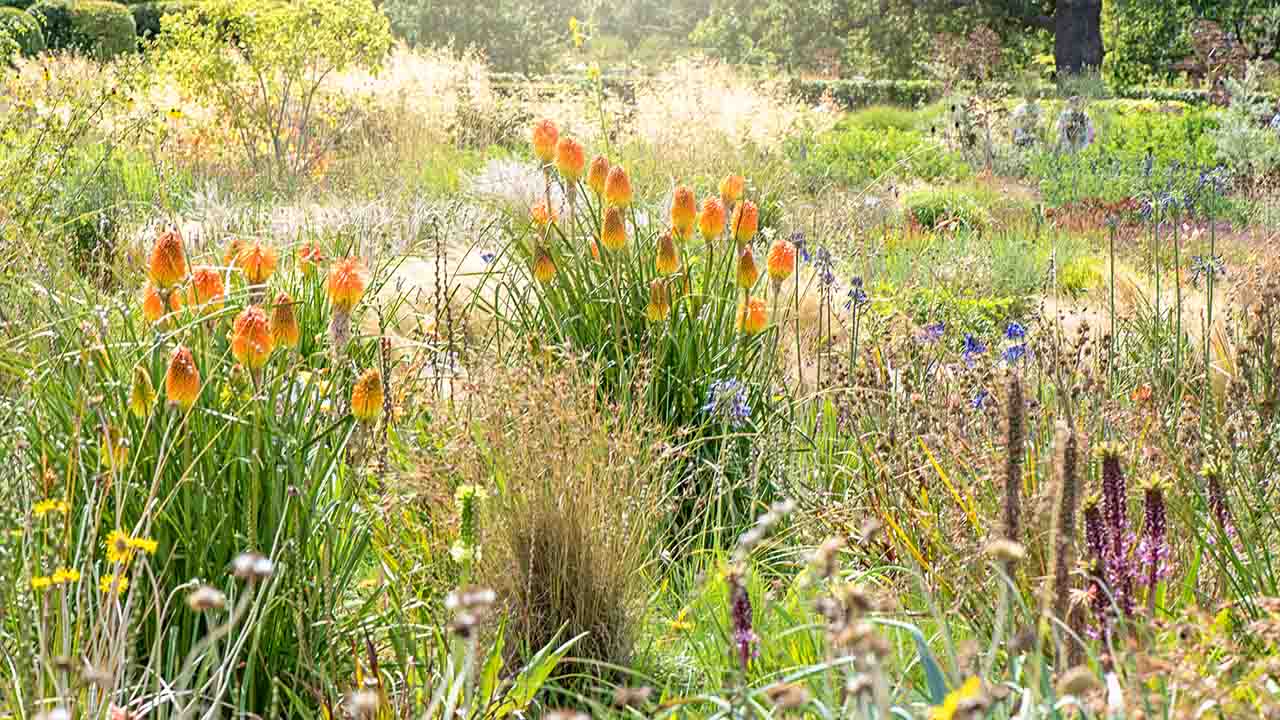
Drought-tolerant plants can indeed enhance property value. In areas that experience dry summers or have limited water resources, having a landscape with drought tolerant plants can be seen as a valuable asset. These plants require less water and maintenance than traditional garden plants, saving homeowners money on their water bills and reducing the need for constant upkeep.
Additionally, a well-maintained landscape with vibrant and healthy drought tolerant plants can greatly enhance the curb appeal of a property, making it more attractive to potential buyers. So not only are drought tolerant plants environmentally friendly, but they can also positively impact the value of your property.
Conclusion
Incorporating drought-tolerant plants in your garden is a smart and sustainable choice to combat the challenges of dry summers. These plants have evolved to thrive in arid conditions, making them resilient and low-maintenance options for your landscaping needs.
By choosing plants that require less water, planting in containers or raised beds, mulching to retain moisture, and grouping plants with similar water needs, you can conserve water and still enjoy a beautiful garden.
Additionally, consider watering early in the morning, adding compost to improve soil quality, using drip irrigation, and planting native species for even greater success. We hope you know drought tolerant plants for dry summers.
Frequently Asked Questions
1.Which Type Of Plant Does Well In Hot And Dry Weather?
Ans: Succulent plants, such as cacti, thrive in hot and dry weather. Drought-tolerant flowering plants like lavender, yarrow, and salvia are also great choices. Consider their water needs, sunlight requirements, and soil type when selecting plants for hot and dry conditions.
2.Which Plant Can Survive In Extremely Dry Condition?
Ans: Succulents, cacti, lavender, rosemary, and sage are all plants that can thrive in extremely dry conditions. Other options include agave, yucca, and desert marigold. These drought-tolerant plants have adapted to survive with minimal water and are great for gardens in dry climates.
3.What Outdoor Plants Require Very Little Water?
Ans: If you’re looking for outdoor plants that require minimal watering, consider succulents, lavender, yarrow, and Russian sage. These drought-tolerant plants thrive in dry summers. Additionally, native plants in your area may also be well-suited to low water conditions. Using mulch around your plants can help retain moisture in the soil.
4.What Plants Can Survive In Texas Heat?
Ans: Some plants that can thrive in the scorching heat of Texas include lantana, salvia, black-eyed Susan, and agave. Succulents like cacti and yucca are also ideal for hot and dry climates. Native Texas plants like Indian blanket or bluebonnet are well-adapted to the local climate. Water deeply but less frequently in hot weather to promote deep root growth.
5.Are You Looking For A Hardy Plant That Can Tolerate Some Drought?
Ans: Looking for plants that can withstand dry conditions? Drought-tolerant plants are a great option. They require less water, making them perfect for conserving water during dry summers. Popular choices include succulents, lavender, and yarrow. These low-maintenance plants can add unique textures and colors to your garden.

